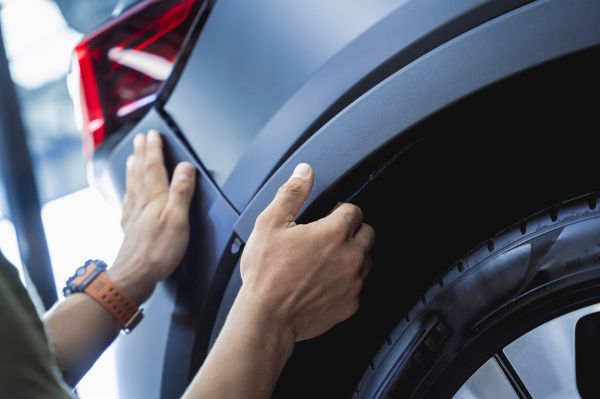The future of collision repair is being shaped by advanced diagnostic tools that provide precise information about vehicle damage. These tools use sophisticated software and sensors to identify issues that might not be visible to the naked eye. For example, laser scanners can detect frame damage, while computerized systems analyze the alignment and structural integrity of the vehicle. These advanced diagnostic tools ensure that every aspect of the damage is identified and addressed, leading to more accurate and efficient repairs.
Innovations in Repair Techniques
Technological advancements have introduced new repair techniques that are transforming the collision repair industry. One such innovation is the use of 3D printing to create custom parts. This technology allows for the quick production of precise parts that match the vehicle's original specifications. Additionally, robotic arms and automated systems are being used to perform tasks like welding and painting with unmatched precision. These innovations not only improve the quality of repairs but also reduce the time needed to complete them.
Impact of AI and Machine Learning
Artificial intelligence (AI) and machine learning are playing a significant role in the evolution of collision repair. AI-powered systems can analyze data from thousands of repair jobs to predict the best methods for fixing specific types of damage. Machine learning algorithms help technicians by providing real-time recommendations and optimizing repair processes. These technologies enhance the decision-making process, ensuring that repairs are done correctly and efficiently. AI can also automate routine tasks, allowing technicians to focus on more complex issues. For example, AI can quickly identify the type of paint required for a specific vehicle or determine the best method to fix a particular dent. Furthermore, machine learning models can be trained to recognize patterns in vehicle damage, leading to faster diagnostics and reduced downtime.
AI also aids in estimating repair costs with greater accuracy. By analyzing historical data and comparing it with the current damage, AI systems can provide detailed cost estimates. This helps both our collision repair shop Parsons Auto Body and the vehicle owner in planning and budgeting for repairs. AI-driven systems can manage inventory by predicting which parts are needed based on the types of repairs being performed. This reduces delays caused by waiting for parts to arrive and ensures that the repair process is as efficient as possible.
The Rise of Connected Vehicles
Connected vehicles, which are equipped with sensors and internet connectivity, are changing the way collision repairs are approached. These vehicles can send real-time data to repair shops, allowing technicians to assess damage even before the vehicle arrives. This connectivity speeds up the repair process and improves communication between the vehicle owner and our body shop in Boulder City. Additionally, connected vehicles can receive over-the-air updates, which can include software fixes and enhancements, reducing the need for certain types of repairs. The integration of connected vehicle technology is streamlining the collision repair industry and improving overall customer satisfaction.
Sustainability in Collision Repair
As technology advances, there is a growing focus on sustainability in the collision repair industry. Modern repair techniques are increasingly utilizing eco-friendly materials and processes. For instance, water-based paints are being used instead of traditional solvent-based ones, reducing harmful emissions. Energy-efficient equipment and recycling programs for old parts are becoming standard practices. These sustainable approaches not only minimize the environmental impact of collision repairs but also promote a healthier workplace for technicians. Embracing sustainability is an essential aspect of the future of collision repair.

